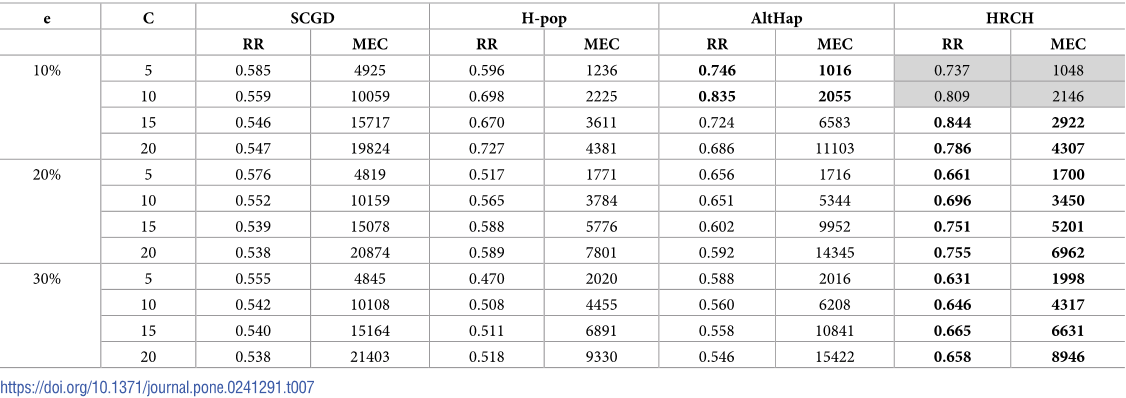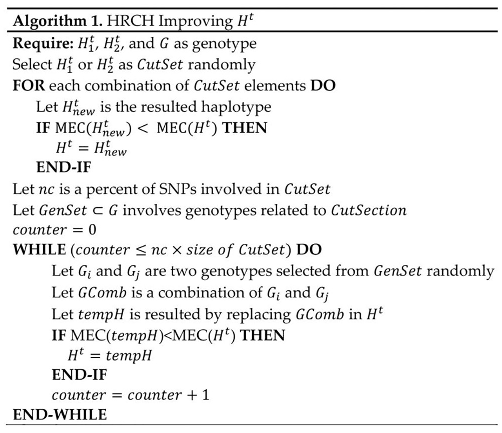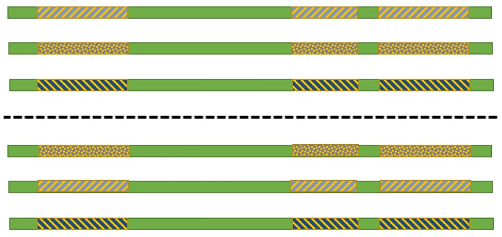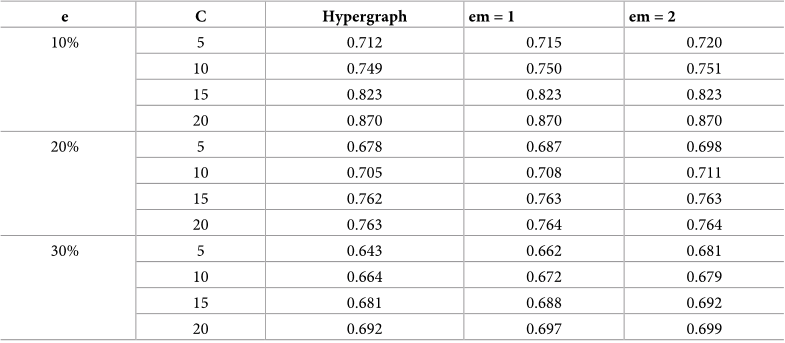




Did you find this useful? Give us your feedback






















3 citations
3 citations
...The reconstruction rate for the proposed method, H-pop, SCGD, FastHap, HGHap, AROHap, FCMHap, ALTHap, and HRCH applied to the experimental dataset NA12878 dataset provided by 1000 genome project....
[...]
...8 HRCH [29] utilizes a chaotic viewpoint to reconstruct haplotypes....
[...]
...5, illustrates the reconstruction rate of the proposed method as well as H-PoP [26], SCGD [28], FastHap [25], HGHap [22], AROHap [19], ALTHap [27], and HRCH [29]....
[...]
... 5, illustrates the reconstruction rate of the proposed method as well as H-PoP [26], SCGD [28], FastHap [25], HGHap [22], AROHap [19], ALTHap [27], and HRCH [29]....
[...]
...The average of running time for the proposed method, H-pop, SCGD, FastHap, HGHap, AROHap, FCMHap, ALTHap, and HRCH applied to the experimental dataset NA12878 dataset provided by 1000 genome project (In seconds)....
[...]
136 citations
...The output of the proposed method was compared with a set of state-of-theart and well-known methods including; SCGD[36], H-pop[34], ARO[24], HG[33], FCM[25], FastHap[26], DGS[50] ,SHR[51], MLF[52], HapCut[27], 2d[22], Fast[53], and SPH[54]....
[...]
...In [26], a heuristic method, namely, Fasthap was developed, where it makes a weighted fuzzy conflict graph based on the MEC model....
[...]
...The output of the proposed method was compared with a set of state-of-the-art and well-known methods including; SCGD[36], H-pop[34], ARO[24], HG[33], FCM[25], FastHap[26], DGS[50], SHR[51], MLF[52], HapCut[27], 2d[22], Fast[53], and SPH[54]....
[...]
123 citations
80 citations
...It is a vital task to obtain haplotype information from the numerous fragments due to its profound impacts on different aspects of medicine and molecular biology[15,17-19]....
[...]
77 citations
...It has been shown that some diseases such as sickle-cell anemia [5], cystic fibrosis [6] and hemochromatosis [7] are more common in specific ethnic populations due to unique genetic mutations in their genomes; but they are rarely found in others....
[...]
75 citations
...These findings demonstrate that haplotypes in human genomics data could be a useful and informative tool in mapping genes that are involves in representative diseases, as well as personalized medicine [11]....
[...]